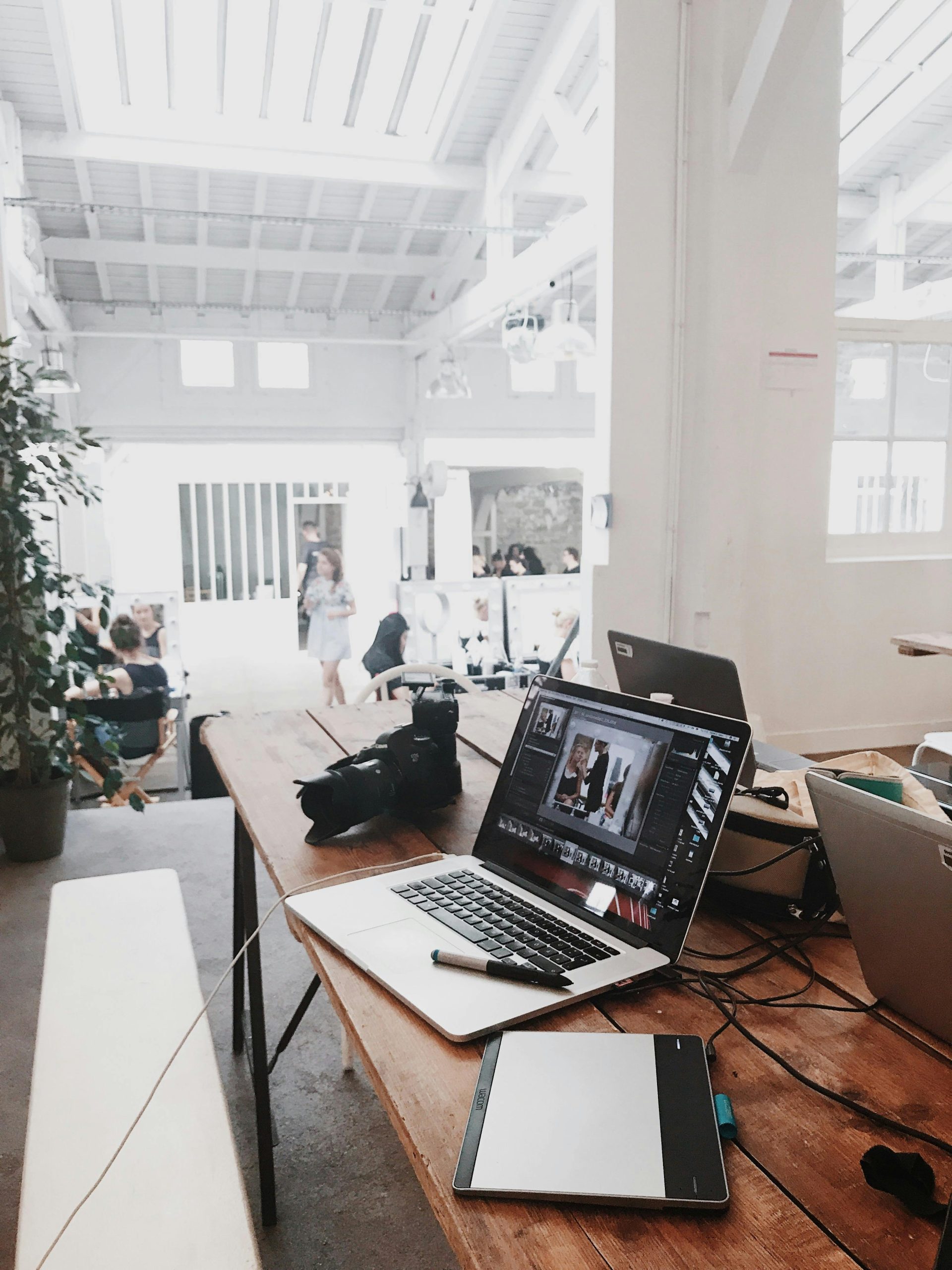In today’s hyper-connected world, our digital habits often dictate our daily routines. While technology offers convenience and connection, excessive screen time can lead to stress, burnout, and even physical health issues. Building a healthier digital lifestyle isn’t about quitting technology—it’s about creating balance. By making mindful adjustments, you can reclaim your time, improve your well-being, and enjoy a more intentional relationship with your devices.
Assess Your Current Digital Habits
Before making changes, it’s essential to understand your current digital behaviors. Start by tracking your screen time using built-in tools on your phone or apps like Moment or RescueTime. Pay attention to:
- How much time you spend on social media, emails, or entertainment.
- Which apps or activities drain your energy or distract you.
- When you feel most tempted to reach for your phone.
Once you identify patterns, set realistic goals. For example, if you spend two hours daily on social media, aim to reduce it by 30 minutes. Small, measurable steps make long-term change easier.
Create Tech-Free Zones and Times
Establishing boundaries is key to a healthier digital lifestyle. Designate certain areas or times where screens are off-limits, such as:
- Bedroom: Avoid screens at least an hour before bed to improve sleep quality.
- Mealtimes: Keep phones away to foster mindful eating and conversation.
- Morning routine: Start your day without immediately checking emails or notifications.
These small changes help reduce dependency on devices and create space for relaxation and connection.
Practice Mindful Technology Use
Mindfulness isn’t just for meditation—it applies to technology too. Instead of mindlessly scrolling, ask yourself:
- Is this activity adding value to my day?
- Am I using my phone out of habit or necessity?
- How do I feel after spending time on this app?
To cultivate mindfulness:
- Turn off non-essential notifications to minimize distractions.
- Schedule specific times for checking emails or social media.
- Use apps like Forest to stay focused and limit screen time.
By being intentional, you’ll reduce digital overwhelm and regain control over your time.
Prioritize Offline Activities
A healthier digital lifestyle means balancing screen time with real-world experiences. Reconnect with hobbies and activities that don’t involve screens, such as:
- Reading a physical book or journaling.
- Exercising outdoors or practicing yoga.
- Spending quality time with friends and family.
These activities not only reduce screen dependence but also boost mental and physical well-being. Start small—even 15 minutes of offline time daily can make a difference.
Optimize Your Digital Environment
Your device settings and workspace can influence your habits. Make these adjustments for a healthier tech experience:
- Enable grayscale mode: Reducing colors on your phone can make apps less appealing.
- Organize your home screen: Keep productivity apps visible and hide distracting ones.
- Adjust lighting: Use blue light filters in the evening to reduce eye strain.
Additionally, declutter your digital space by unsubscribing from unnecessary emails and deleting unused apps. A cleaner digital environment promotes focus and reduces stress.
Conclusion
Building a healthier digital lifestyle is about balance, not deprivation. By assessing your habits, setting boundaries, and prioritizing mindfulness, you can enjoy technology without letting it dominate your life. Start with one or two changes, and gradually incorporate more as you notice improvements in your well-being. Remember, the goal is to create a sustainable relationship with technology—one that supports your health, happiness, and productivity.
